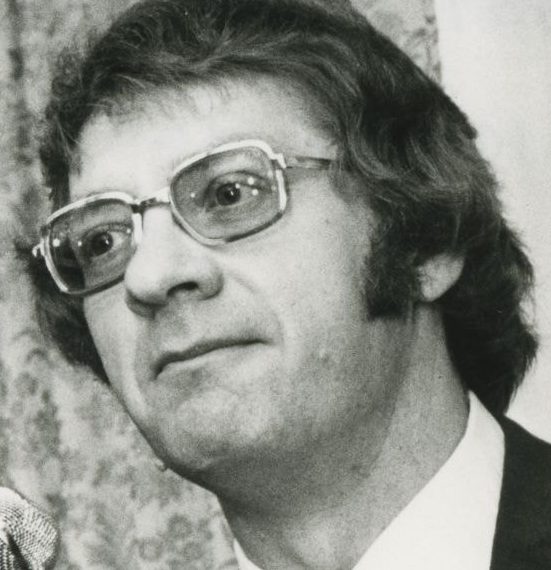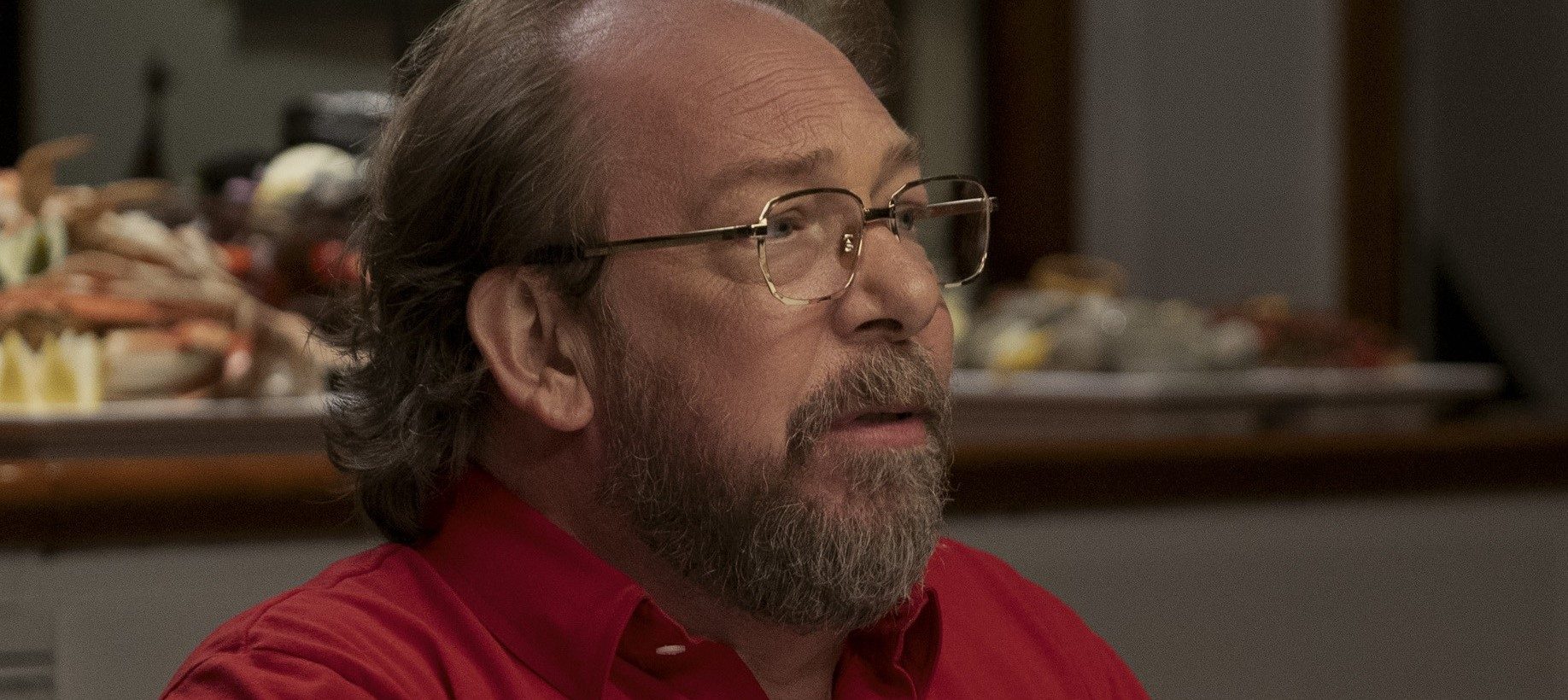Amazon Prime Video’s biographical film ‘The Burial’ follows the legal battle between Jeremiah O’Keefe, the owner of the Mississippi-based Bradford-O’Keefe Funeral Home, and Raymond “Ray” Loewen’s Loewen Group. When O’Keefe struggles with financial difficulties, Loewen agrees to buy three of the former’s eight funeral homes, only to not fulfill the contract, which leads to a trial in court. O’Keefe fights a nearly unwinnable battle to save his funeral home so that he can pass it on to the next generation. Since the film sheds light on O’Keefe and Loewen’s respective businesses, the viewers may want to know whether these companies still exist. Well, let us provide the answer!
Bradford-O’Keefe Stands Tall
As the film depicts, Jeremiah O’Keefe was immensely committed to saving his death care business, which led him to battle against Goliath. The result of the battle favored not only O’Keefe but also his business. Bradford-O’Keefe Funeral Home continues to remain the largest family-owned funeral business in Southern Mississippi. O’Keefe used a part of the $175 million settlement to clear his financial troubles that affected the business, which thrived under him after the landmark case. After his death in August 2016, his children started to steer the ship, honoring the legacy left behind by their father.

O’Keefe’s son Jeffrey H. O’Keefe, Sr. is the current CEO of Bradford-O’Keefe Funeral Home. His grandson Jeffrey Hugh O’Keefe Jr. serves as the president of the establishment as well, taking the business to the sixth generation of the family. O’Keefe’s other son Justin leads the sales division of the company. The business has either a funeral home or cemetery in cities such as Gulfport, Biloxi, Ocean Springs, Vancleave, Bay St. Louis, D’Iberville, etc.
The Fall of the Loewen Group
The Loewen Group, on the other hand, doesn’t exist in the same way it existed in the 1990s. Although Ray Loewen had to settle for $175 million, his business prospered for a while after the verdict as “he raised $382 million and acquired over half a billion dollars’ worth of funeral homes and cemeteries,” according to Jonathan Harr’s eponymous The New Yorker article, which serves as the source text of the film. However, the prosperity didn’t last long. Two years after the verdict, he suffered a loss of nearly six hundred million dollars. In October 1998, Loewen was forced to resign as the president and CEO of his own company.

In June 1999, the Loewen Group went bankrupt. The company had a debt of $3.2 billion, which served as the last nail in the coffin. “Loewen’s executives claimed that the O’Keefe litigation has had a lasting, damaging effect on… their overall financial health,” as per Harr’s article. In 2002, the company was restructured as Alderwoods Group, which was based in Toronto, Ontario. At one point in its operation, the company owned 579 funeral homes, 72 cemeteries, and 61 funeral home-cemetery combinations, including Rose Hills Memorial Park, which is considered the largest memorial park in the North American continent. In 2006, Alderwoods Group was bought by Service Corporation International, a funeral corporation based in Houston, Texas.
Read More: The Burial Mid-Credits Scene: Who is Dr. G?


You must be logged in to post a comment.